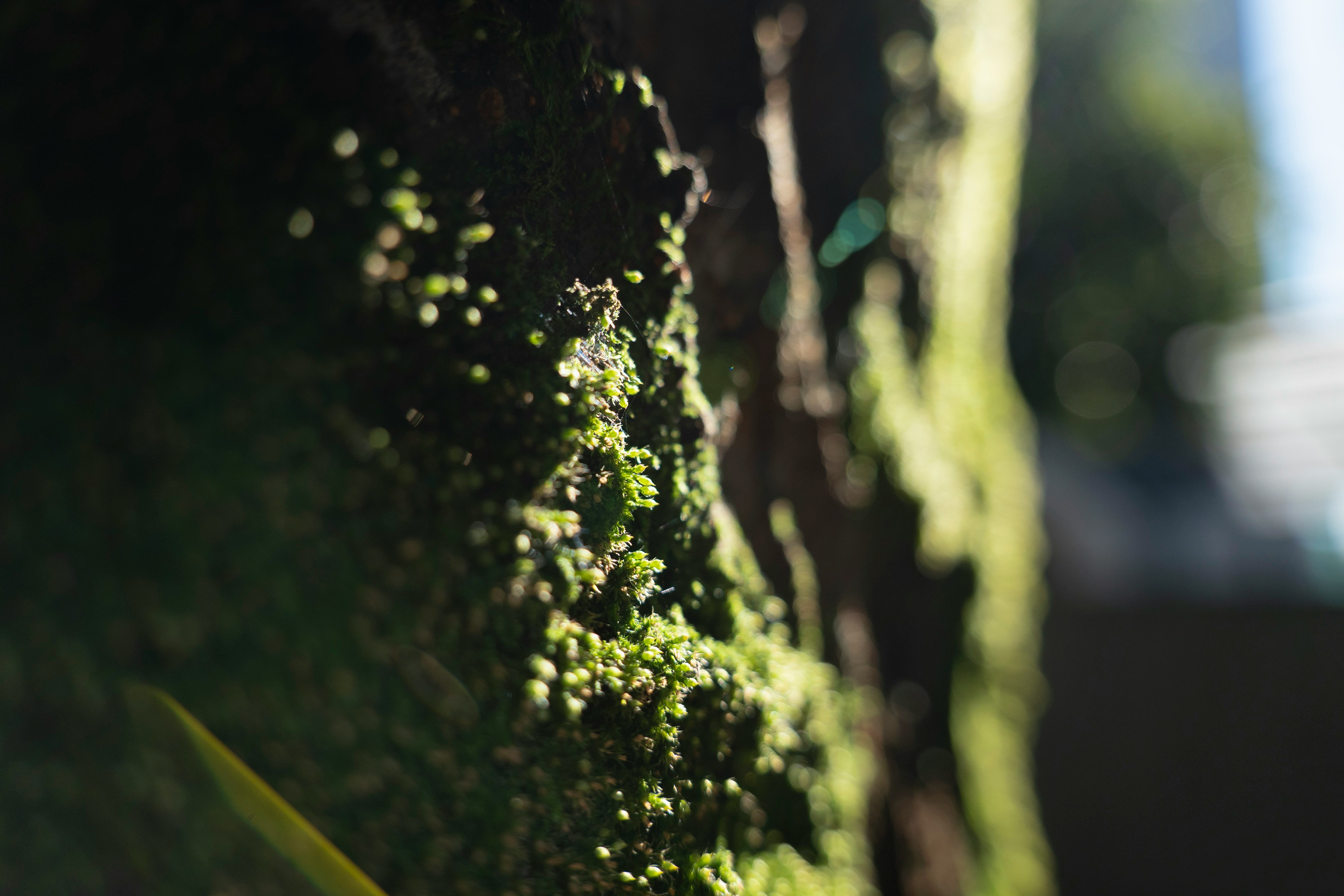Protecting Blue Planet: Urgent Action for Life Below Water
March 2025
Sustainable Development Goal 14 (SDG 14): Life Below Water calls for the conservation and sustainable use of the oceans, seas, and marine resources. Covering over 70% of the Earth’s surface, oceans are essential to life itself—regulating climate, generating oxygen, and supporting the livelihoods of over 3 billion people.
Yet in 2025, ocean health is in crisis. Overfishing, pollution, warming waters, and acidification threaten marine biodiversity and the very survival of coastal communities. The ocean’s warning signals are loud and clear—and humanity must respond.
Oceans in Peril: What the Data Shows
Over 34% of global fish stocks are overfished—double the percentage of four decades ago.
Plastic pollution is choking marine life, with up to 12 million tons of plastic entering the ocean annually.
Rising ocean temperatures and acidification are bleaching coral reefs and altering entire marine ecosystems.
Dead zones—areas with little to no oxygen due to pollution—now cover over 245,000 square kilometers globally.
According to the Intergovernmental Oceanographic Commission, these combined threats are accelerating ocean degradation at an unprecedented rate.
“Our oceans are the planet’s life support system,” said Audrey Azoulay, Director-General of UNESCO. “Protecting them is not optional—it’s essential for the survival of all species, including ours.”
Overfishing and Unsustainable Practices
Marine life is under intense pressure from industrial fishing. Trawlers sweep ocean floors, catching more than intended, including endangered species and juvenile fish. Many of the world’s coastal fisheries are now depleted or collapsing.
To address this, SDG 14 calls for:
Science-based fishery management.
Ending harmful subsidies that encourage overfishing.
Promoting small-scale artisanal fishing, which supports local economies and sustainable practices.
Several nations, including Norway, New Zealand, and Chile, are implementing sustainable catch limits, marine protected areas (MPAs), and stricter enforcement measures to restore fish populations.
Plastic and Pollution: A Sea of Waste
From microplastics in drinking water to ghost nets entangling whales, pollution is devastating marine ecosystems. Plastic has been found in the deepest ocean trenches and inside 100% of tested sea turtles.
Initiatives such as the UN Clean Seas Campaign and bans on single-use plastics are growing. Countries like Kenya, the EU, and Canada have enacted strong anti-plastic legislation, and startups around the globe are innovating with biodegradable materials and ocean-cleaning technologies.
But true impact will require global cooperation, consumer awareness, and corporate accountability across the supply chain.
Coral Reefs and Climate Change
Coral reefs support 25% of all marine species, yet they are among the most vulnerable ecosystems on Earth. Warming seas have caused mass bleaching events, and many reefs may disappear entirely if global temperatures surpass 1.5°C.
Efforts to restore reefs, develop climate-resilient coral species, and reduce carbon emissions are now priorities for both conservation groups and governments.
In places like the Maldives, Australia, and the Caribbean, community-led marine conservation is proving effective in both protecting biodiversity and boosting eco-tourism economies.
Blue Economy and Sustainable Development
The ocean’s potential goes far beyond fishing. The “blue economy” includes sustainable aquaculture, renewable marine energy, biotechnology, and eco-tourism. If managed wisely, it can drive economic growth while preserving marine ecosystems.
But development must be equitable. Coastal communities, Indigenous peoples, and small island nations—often the most affected by ocean degradation—must be central to decision-making and benefit-sharing.
Conclusion: Turning the Tide
SDG 14 is not just about protecting fish—it’s about securing the health of the planet. Life on land and life in the ocean are deeply interconnected. Without thriving oceans, we cannot tackle climate change, feed growing populations, or preserve biodiversity.
The solutions are known. What we need now is global will, bold policies, and inclusive partnerships.
As oceanographer Dr. Sylvia Earle says:
"No blue, no green. No ocean, no us."
Let 2025 be the year we stop treating the ocean as a dumping ground—and start recognizing it as the sacred, life-giving force it truly is.



